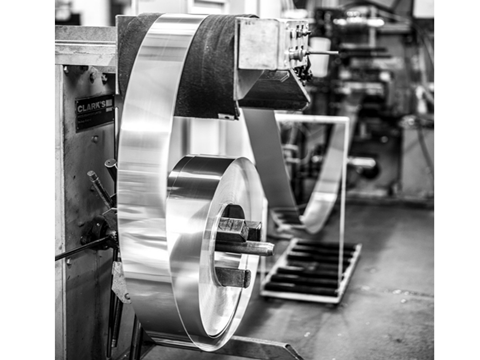
G.pivaudran has announced that its entire product range can now be offered in low-carbon aluminium, said to have reduced environmental impact with the same quality of finish and purity as standard aluminium.
Until now, the company has been offering its products in recycled aluminium. While this is ‘perfect’ for matt effects, G.pivaudran states that low-carbon aluminium overcomes the limitation of ultra-high-gloss rendering, which is more complex.
Brands will now have the choice of either recycled aluminium and or low-carbon aluminium, depending on their Corporate Social Responsibility (CSR) priorities. G.pivaudran says the low-carbon aluminium it uses is derived from renewable energy sources (particularly hydroelectric) and from optimized production processes.
These two characteristics are said to significantly reduce its carbon footprint, with less than 5 tonnes of CO2 generated per tonne of aluminium for the low-carbon version (compared with 6.4 tonnes for the standard version). Produced in Europe, the company claims the low-carbon aluminium it selects benefits from enhanced traceability of raw materials and partnerships with committed suppliers.
In related news, TUBEX recently unveiled what it claims is the ‘world’s first’ applicator tube made entirely from a single piece of recycled aluminium, designed for applying beauty products to the eye and lip areas. The tube consists of 95% post-consumer and 5% post-industrial recycled aluminium and is said to be naturally airtight and lightproof with no suck-back effect, aiming to ensure hygiene and product stability.
In the same month Ball Brazil and Açai Motion partnered on a new can certified by the Aluminum Stewardship Initiative (ASI), said to ensure the aluminium used in production adheres to ‘ethical and sustainable practices’ from raw material extraction to recycling. The can features Ball’s internal coating technology, designed to extend the beverage’s shelf life and safeguard its flavour and nutritional integrity.
If you liked this story, you might also enjoy:
The ultimate guide to the Packaging and Packaging Waste Regulation in 2025
How are the top brands progressing on packaging sustainability?
Everything you need to know about global packaging sustainability regulation in 2025
The key to increasing the use of reusable packaging in supermarkets

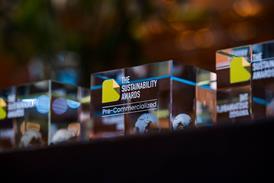

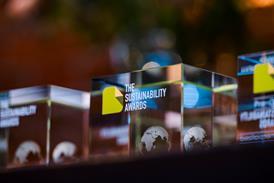
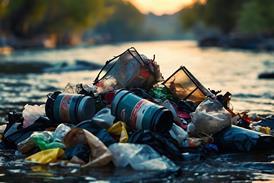
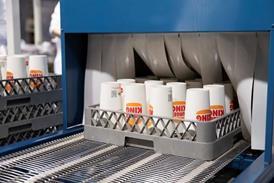












No comments yet